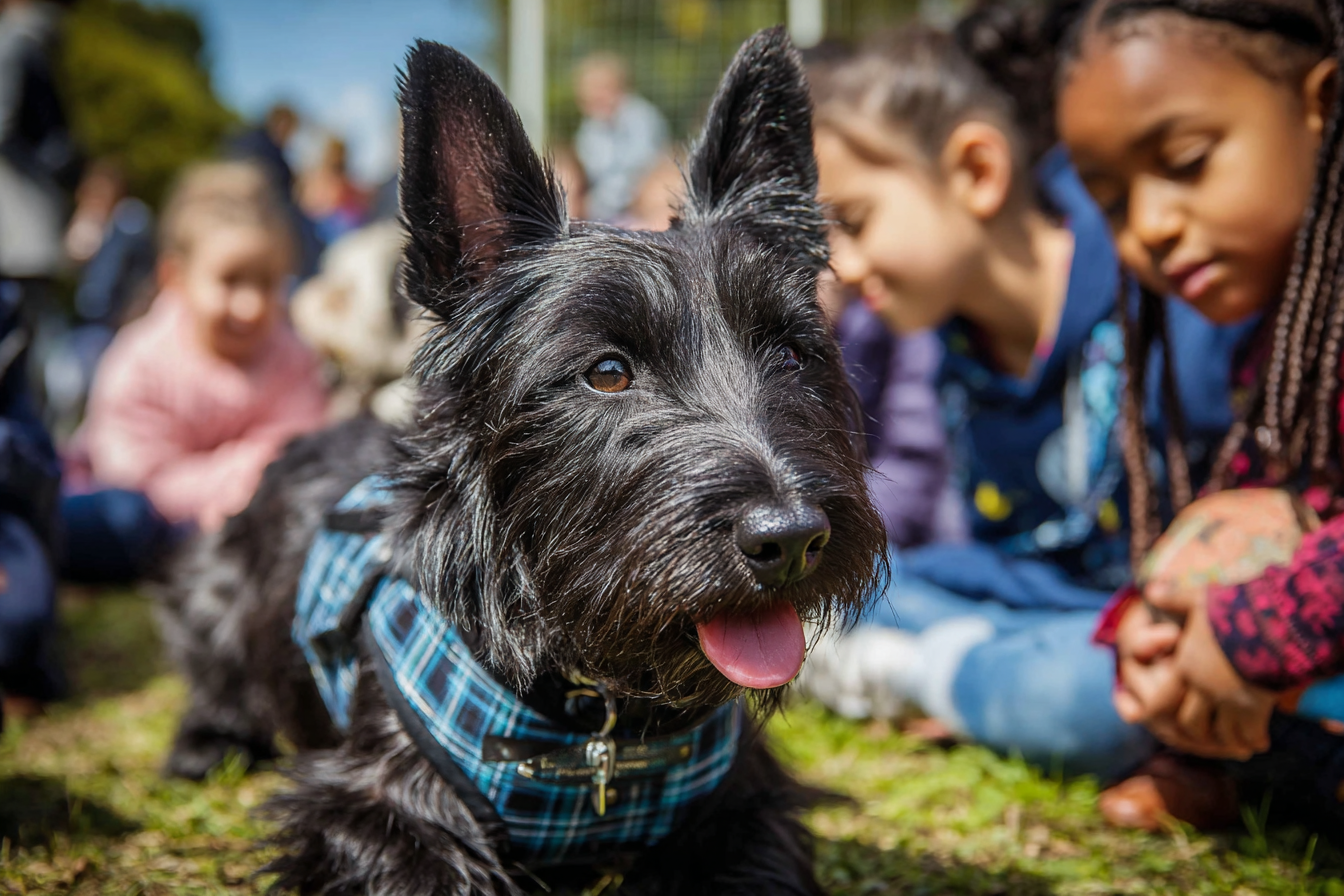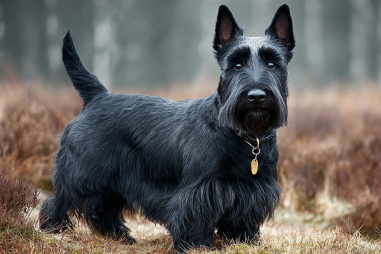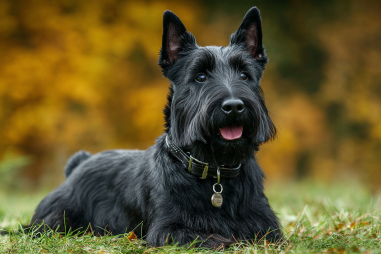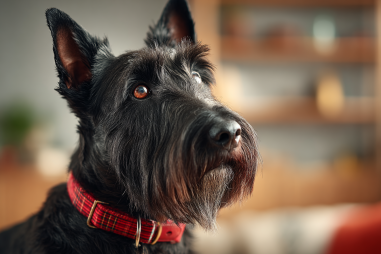Socialization plays a crucial role in shaping a Scottish Terrier’s personality and behavior. Known for their spirited and sometimes stubborn nature, Scottish Terriers—or Scotties—benefit greatly from early and ongoing socialization to grow into confident, well-mannered dogs. Effective socialization helps your Scottie feel comfortable around various people, animals, and environments, reducing fear and aggression, and promoting a happy, balanced companion. Whether you’re a new Scottie owner or looking to improve your dog’s social skills, these expert tips will guide you toward raising a sociable and friendly terrier.
Understanding the Optimal Socialization Timeline
The key to successful socialization is timing. Puppies experience a critical socialization window generally between 3 and 14 weeks of age. During this period, they are most receptive to new experiences, sights, sounds, people, and animals. Early social exposure helps Scottie puppies develop positive associations rather than fear or anxiety related to unfamiliar things.
For Scottish Terriers, starting socialization as early as possible means introducing them to a wide variety of gentle experiences. However, it’s important to balance this with health precautions, such as completing necessary vaccinations. Controlled environments where health risks are minimal—such as puppy socialization classes or meeting vaccinated dogs in safe settings—are ideal during this time.
After this critical window, socialization becomes a bit more challenging but remains very important. Adolescents and adult Scotties can still benefit greatly from gradual and positive introduction to new stimuli.
Exposing Your Scottish Terrier to Different Environments and People
Scottish Terriers come with a natural curiosity but can also be wary of strangers or unfamiliar situations. Early, consistent exposure to diverse environments and people helps your Scottie stay curious instead of fearful. Take your dog on regular walks in busy parks, calm neighborhoods, pet-friendly stores, or outdoor cafes. Each place offers new sights, sounds, and smells to explore in a controlled way.
When it comes to people, socialization should include a range of individuals: men, women, children, elderly adults, and people wearing hats or uniforms. Make these introductions positive and stress-free by allowing your Scottie to approach at their own pace. Encourage friendly interactions by offering treats or praise when your dog responds calmly.
Repeated exposure also desensitizes your Scottish Terrier, helping reduce suspicion or territorial behaviors that Scotties are known for if they are left isolated from diverse social contact.
Using Positive Reinforcement During Socialization
Positive reinforcement is a cornerstone of effective socialization. When your Scottish Terrier encounters new people, animals, or environments, reward calm and friendly behavior with treats, toys, or enthusiastic praise. This teaches your dog that social experiences lead to enjoyable outcomes.
Conversely, avoid punishment or negative reactions during socialization. If your Scottie shows fear or hesitation, do not force interactions or scold. Instead, calmly guide your dog away from the stressor and try again later at a slower pace. Respecting your dog’s comfort zone while gradually expanding it promotes lasting trust and confidence.
Consistency matters: routinely reinforce positive behavior during socialization sessions to build your Scottie’s social skills effectively.
How to Handle Fear and Aggression Issues
Despite early socialization attempts, some Scottish Terriers may still display signs of fear, anxiety, or aggression—common traits in this strong-willed breed. Understanding how to address these challenges is essential for promoting safe and positive social behavior.
If your Scottie becomes timid or fearful in new situations, work on desensitization and counter-conditioning. This means slowly exposing your dog to the trigger at a distance or intensity level they can handle while rewarding calm behavior. Gradually, you can decrease the distance or intensity as your dog gains confidence.
For aggressive tendencies, such as barking, lunging, or snapping, professional evaluation by a certified dog trainer or behaviorist is highly recommended. Aggression may stem from fear, territorial instincts, or inadequate socialization, and tailored behavior modification plans can help your Scottie learn alternative responses.
Patience and understanding are key—pressuring a fearful or aggressive Scottie will only increase stress, so take a calm, controlled approach.
Socializing Your Scottish Terrier with Other Pets
Living with other pets can enrich your Scottie’s social life but also requires careful introductions, especially if your terrier is meeting unfamiliar animals. Start by introducing new pets in a neutral, quiet environment to prevent territorial behaviors.
Allow initial meetings on leash or behind baby gates so your dog can observe without feeling threatened. Use treats and praise to reinforce peaceful interactions. Keep sessions short and positive to prevent overwhelming your Scottie or the other pet.
Because Scotties have a strong prey drive, be particularly cautious around smaller animals such as cats or rodents. Early, consistent socialization with these pets can help reduce chasing tendencies.
Supervision during these early interactions is essential until you are confident your Scottie accepts the other pets in the household.
Benefits of Group Classes and Professional Assistance
Group socialization classes provide structured opportunities for your Scottish Terrier to interact with other dogs and people in a controlled environment. These classes often include obedience training as well as socialization exercises, making them valuable for developing social skills and good manners.
Professional trainers can offer personalized advice tailored to your Scottie’s temperament and specific challenges—whether it’s boosting confidence, managing aggression, or improving leash manners. If your dog has social anxieties or problematic behaviors, consulting experts early can save time and stress.
Alongside human interaction, professional settings give your Scottie the chance to meet vaccinated, well-behaved dogs, reducing health risks associated with socialization.
Building a Confident Scottish Terrier Through Socialization
Socialization is more than just meeting new friends or exploring new places—it’s the foundation for a balanced, happy Scottish Terrier. By providing your Scottie with early, positive, and consistent social experiences, you promote confidence, reduce anxiety, and prevent behavioral problems down the road.
Remember to tailor your approach to your dog’s unique personality and comfort levels, always emphasizing patience and positive reinforcement. Introducing your Scottish Terrier to diverse people, environments, and pets while seeking professional guidance when needed ensures your Scottie becomes a friendly, well-adjusted member of the family and community.
With dedication to thoughtful socialization, you’ll be rewarded with a loyal, confident companion ready to face life’s adventures with the unmistakable Scottie spirit.







